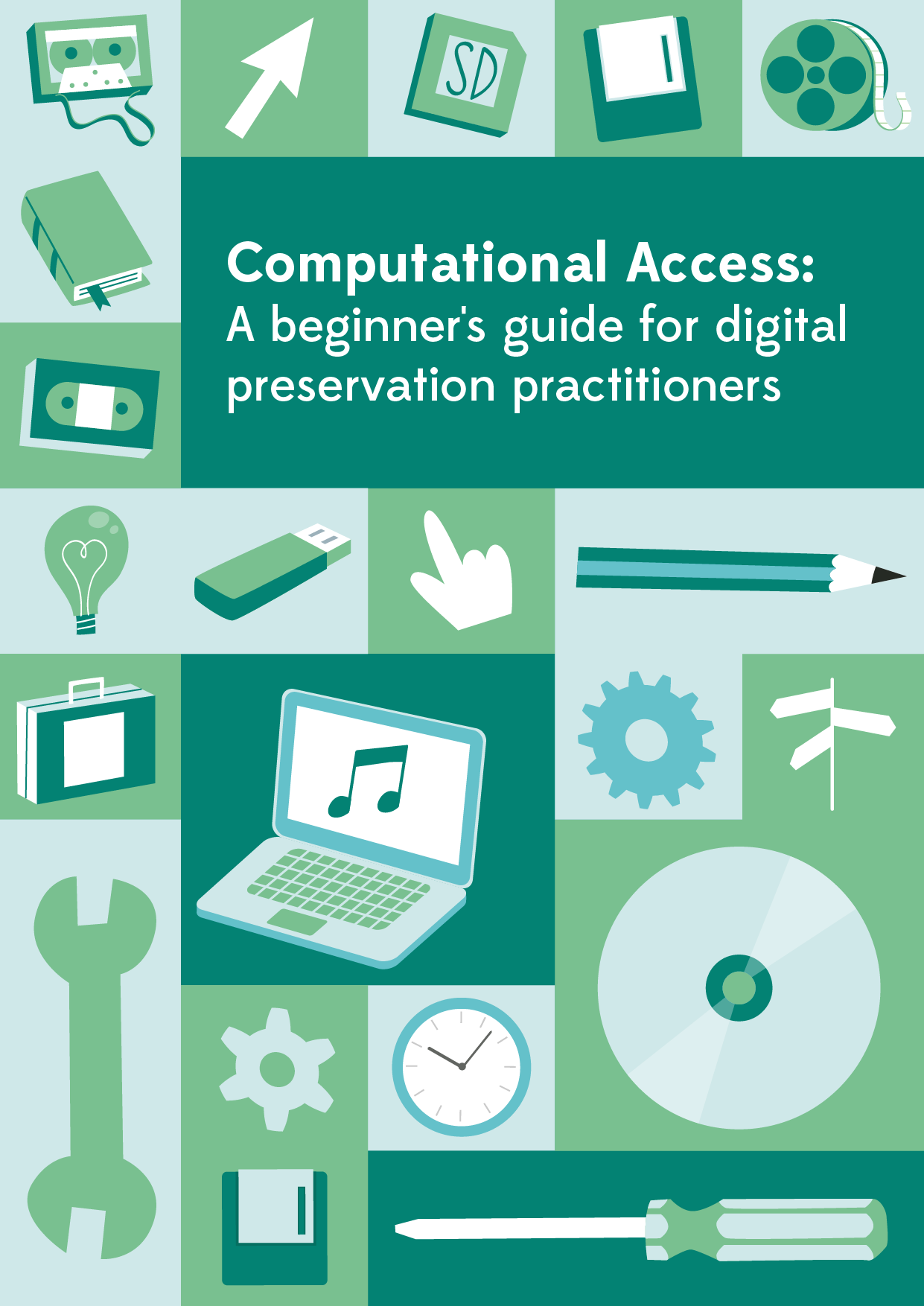 |
Computational access is a term that is mentioned with increasing frequency by those in the digital preservation community. Many practitioners are aware it might be helpful to them (and indeed to their users) but do not have an understanding of what exactly it entails, how it is best applied and perhaps most importantly, where to start. This guide has been created to provide an introduction to this topic and to help the community move forward in applying computational access techniques. |
IntroductionThis section defines the scope and purpose of the guide. |
|
DefinitionsThis section provides clear definitions of key terms and the relationships between them. |
|
Approaches to computational accessThis section looks at the pros and cons of the different approaches and provides real-life examples of how they are being applied by different organizations. |
|
Ethics of computational accessThis section provides a summary of the key ethical considerations and signposts further sources of information. |
|
Benefits and drawbacksThis section summarizes key benefits and articulates the problems and pitfalls to be aware of when considering using these methods. |
|
Practical steps to get startedThis section offers practical tips to help digital preservation practitioners move forward as well as case studies demonstrating how others have tackled the challenge. |
|
Further resources and case studiesThis section highlights a number of useful resources and case studies that can be explored to find out more about this topic. |
|
Suggested citation of current version |
Digital Preservation Coalition (2022). Computational Access: A beginner's guide for digital preservation practitioners. [http://doi.org/10.7207/compaccess22-01] |
|
Last updated |
July 2022 |
|
Date of next planned review |
2026 |
This guide was created collaboratively in 2022 by Leontien Talboom of University College London alongside the DPC and a panel of community experts. Further information about the creation of this guide can be found here.
 |
Our thanks go to the Software Sustainability Institute who funded elements of this work. |












































































































































